This California neighborhood will soon be certified as wildfire resistant—the first in the country to meet that standard
The wildfires that blazed through Los Angeles earlier this year, some of the fastest-spreading fires on record, underscored the risk of living in homes known to be at high risk for future fires. One national homebuilder, KB Home, believes that risk can be reduced by building a wildfire-resilient neighborhood.Dixon Trail, a community of 64 homes under construction in Escondido, California, near San Diego, will be the first neighborhood to earn the new Wildfire Prepared Neighborhood standard developed by the Insurance Institute for Business & Home Safety (IBHS). [Image: KB Home]Each individual home will meet the Wildfire Prepared Home Plus certification, an IBHS designation that requires the homes to meet specific material and design standards, including Class A fire-rated roofs, noncombustible gutters, ember- and flame-resistant vents and all-metal fence systems. The town of Paradise, California, which lost 90% of its homes during a 2018 fire, passed a law requiring all homes meet this standard.The entire development is being designed with a holistic vision to reduce fire risks. Homes will be spaced 10 feet apart, with trees, bushes, and other landscaping distanced from structures to reduce the chances fires will start or spread. Wider streets will run through the neighborhood, creating fire breaks between homes and allowing for quicker evacuations.“This is the first neighborhood that cohesively is meeting not just individual property attributes, but is paying attention to fire pathways, and fences and other kinds of landscaping between structures that can become pathways for fires,” said Roy Wright, CEO of IBHS.Last year, roughly 1,200 homes in California earned the Wildfire Prepared Home designation, mostly through retrofits to add more fire resistant features. This is the first ground-up neighborhood to aim for this additional neighborhood-level certification, which will be awarded when it’s finished. There’s real risk in the region for fire; the chaparral on the foothills surrounding the development can easily ignite in the right conditions. Housing shortages in western states like California have pushed more and more development toward what’s called the wildland-urban interface, or WUI, where new development comes up against undeveloped land. Roughly 11.2 million Californians, a quarter of the state’s population, live in the WUI today, which has substantially higher risks of fires than metro areas. The IBHS, which works in service of the insurance industry, arrives at its recommendations via exhaustive testing and research. The group has studied fire and storm risk for years, including the recent Palisades and Eaton Fires. The organization even has a 90-acre test site in South Carolina where it builds and then blasts apart homes, recreating Category 3 hurricanes and wildfires to test the latest in material safety and building codes. The materials recommended for Wildfire Prepared Home Plus were tested at the South Carolina site, and reflected learnings from what kind of homes tend to survive catastrophic wildfires. [Image: KB Home]KB Home began constructing Dixon Trail last June, said Jacob Atalla, KB Home’s Vice President of Sustainability and Innovation. The first homes have been finished, going for roughly $1 million (the median single-family home sale in Escondido last year was $825,000, per Redfin). It’s a small part of KB Home’s overall production in 2024; the company earned nearly $7 billion in revenue, with more than 6,500 homes under construction, including a sizable number in western states with higher fire risks.[Image: KB Home]“This price was set knowing that we are already building these homes to be wildfire prepared, so we didn’t add a premium top of it,” said Atalla.He expects this project to serve as a testing lab, helping the company figure out how to source materials for these kinds of homes in the future and scale up production of more wildfire resistant products. Initially marketed as a neighborhood with mountain views and oversized lots, the new messaging around wildfire risk reflects the sentiment shift since L.A.’s devastating January fires. The certifications will likely reduce the insurance costs for new homeowners, said Atalla and Wright, and lower the total cost of ownership over time. Neither, however, could provide more specifics about the amount of savings, claiming the insurance process is complex and every carrier has their own methodology. California’s home insurance market has become increasingly challenging for homeowners, with rapidly spiking premiums and carriers dropping coverage or leaving the market altogether. That’s why savings on insurance is good business for KB and other homebuilders; in the company’s 2024 annual report, it notes wildfire risk and increasing insurance costs as a risk factor, noting that consumers facing higher premiums “may decide not to pursue purchasing a home or may cancel a home sales contract with us.” Wright says approximately 10 diff

The wildfires that blazed through Los Angeles earlier this year, some of the fastest-spreading fires on record, underscored the risk of living in homes known to be at high risk for future fires.
One national homebuilder, KB Home, believes that risk can be reduced by building a wildfire-resilient neighborhood.
Dixon Trail, a community of 64 homes under construction in Escondido, California, near San Diego, will be the first neighborhood to earn the new Wildfire Prepared Neighborhood standard developed by the Insurance Institute for Business & Home Safety (IBHS). 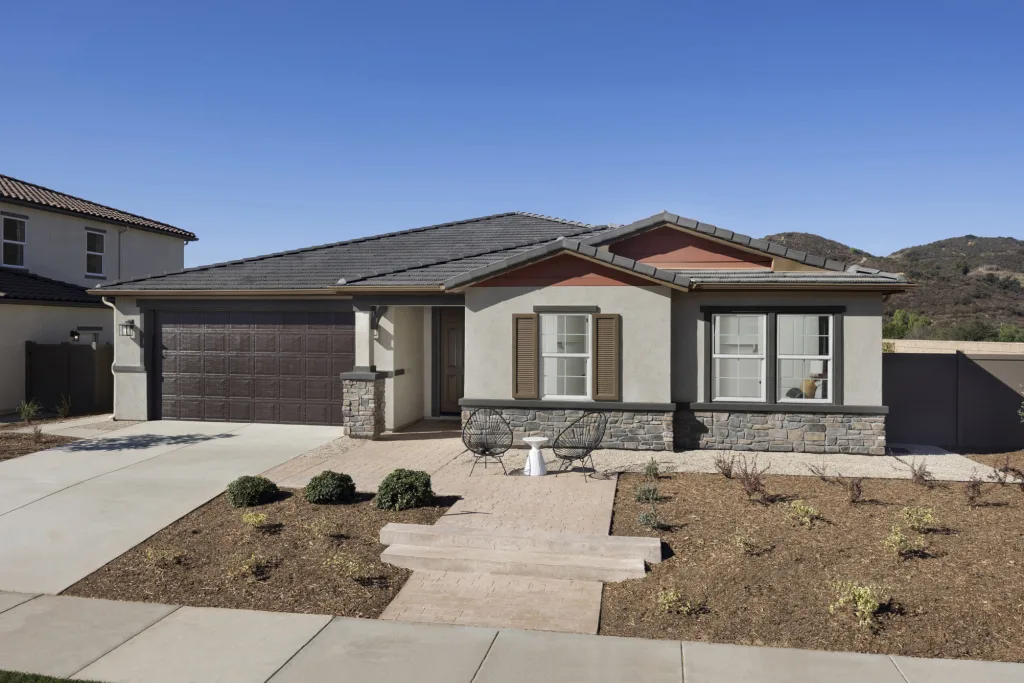
Each individual home will meet the Wildfire Prepared Home Plus certification, an IBHS designation that requires the homes to meet specific material and design standards, including Class A fire-rated roofs, noncombustible gutters, ember- and flame-resistant vents and all-metal fence systems. The town of Paradise, California, which lost 90% of its homes during a 2018 fire, passed a law requiring all homes meet this standard.
The entire development is being designed with a holistic vision to reduce fire risks. Homes will be spaced 10 feet apart, with trees, bushes, and other landscaping distanced from structures to reduce the chances fires will start or spread. Wider streets will run through the neighborhood, creating fire breaks between homes and allowing for quicker evacuations.
“This is the first neighborhood that cohesively is meeting not just individual property attributes, but is paying attention to fire pathways, and fences and other kinds of landscaping between structures that can become pathways for fires,” said Roy Wright, CEO of IBHS.
Last year, roughly 1,200 homes in California earned the Wildfire Prepared Home designation, mostly through retrofits to add more fire resistant features. This is the first ground-up neighborhood to aim for this additional neighborhood-level certification, which will be awarded when it’s finished.
There’s real risk in the region for fire; the chaparral on the foothills surrounding the development can easily ignite in the right conditions. Housing shortages in western states like California have pushed more and more development toward what’s called the wildland-urban interface, or WUI, where new development comes up against undeveloped land. Roughly 11.2 million Californians, a quarter of the state’s population, live in the WUI today, which has substantially higher risks of fires than metro areas.
The IBHS, which works in service of the insurance industry, arrives at its recommendations via exhaustive testing and research. The group has studied fire and storm risk for years, including the recent Palisades and Eaton Fires. The organization even has a 90-acre test site in South Carolina where it builds and then blasts apart homes, recreating Category 3 hurricanes and wildfires to test the latest in material safety and building codes. The materials recommended for Wildfire Prepared Home Plus were tested at the South Carolina site, and reflected learnings from what kind of homes tend to survive catastrophic wildfires.
KB Home began constructing Dixon Trail last June, said Jacob Atalla, KB Home’s Vice President of Sustainability and Innovation. The first homes have been finished, going for roughly $1 million (the median single-family home sale in Escondido last year was $825,000, per Redfin). It’s a small part of KB Home’s overall production in 2024; the company earned nearly $7 billion in revenue, with more than 6,500 homes under construction, including a sizable number in western states with higher fire risks.
“This price was set knowing that we are already building these homes to be wildfire prepared, so we didn’t add a premium top of it,” said Atalla.
He expects this project to serve as a testing lab, helping the company figure out how to source materials for these kinds of homes in the future and scale up production of more wildfire resistant products. Initially marketed as a neighborhood with mountain views and oversized lots, the new messaging around wildfire risk reflects the sentiment shift since L.A.’s devastating January fires.
The certifications will likely reduce the insurance costs for new homeowners, said Atalla and Wright, and lower the total cost of ownership over time. Neither, however, could provide more specifics about the amount of savings, claiming the insurance process is complex and every carrier has their own methodology. California’s home insurance market has become increasingly challenging for homeowners, with rapidly spiking premiums and carriers dropping coverage or leaving the market altogether.
That’s why savings on insurance is good business for KB and other homebuilders; in the company’s 2024 annual report, it notes wildfire risk and increasing insurance costs as a risk factor, noting that consumers facing higher premiums “may decide not to pursue purchasing a home or may cancel a home sales contract with us.”
Wright says approximately 10 different neighborhoods in California, either through retrofits or new construction, are looking to gain the Wildfire Prepared Neighborhood designation.
“This Dixon Trail development is the first, but it will not be the last. I promise you,” he said. “There are plenty of people watching this who intend to emulate it.”





















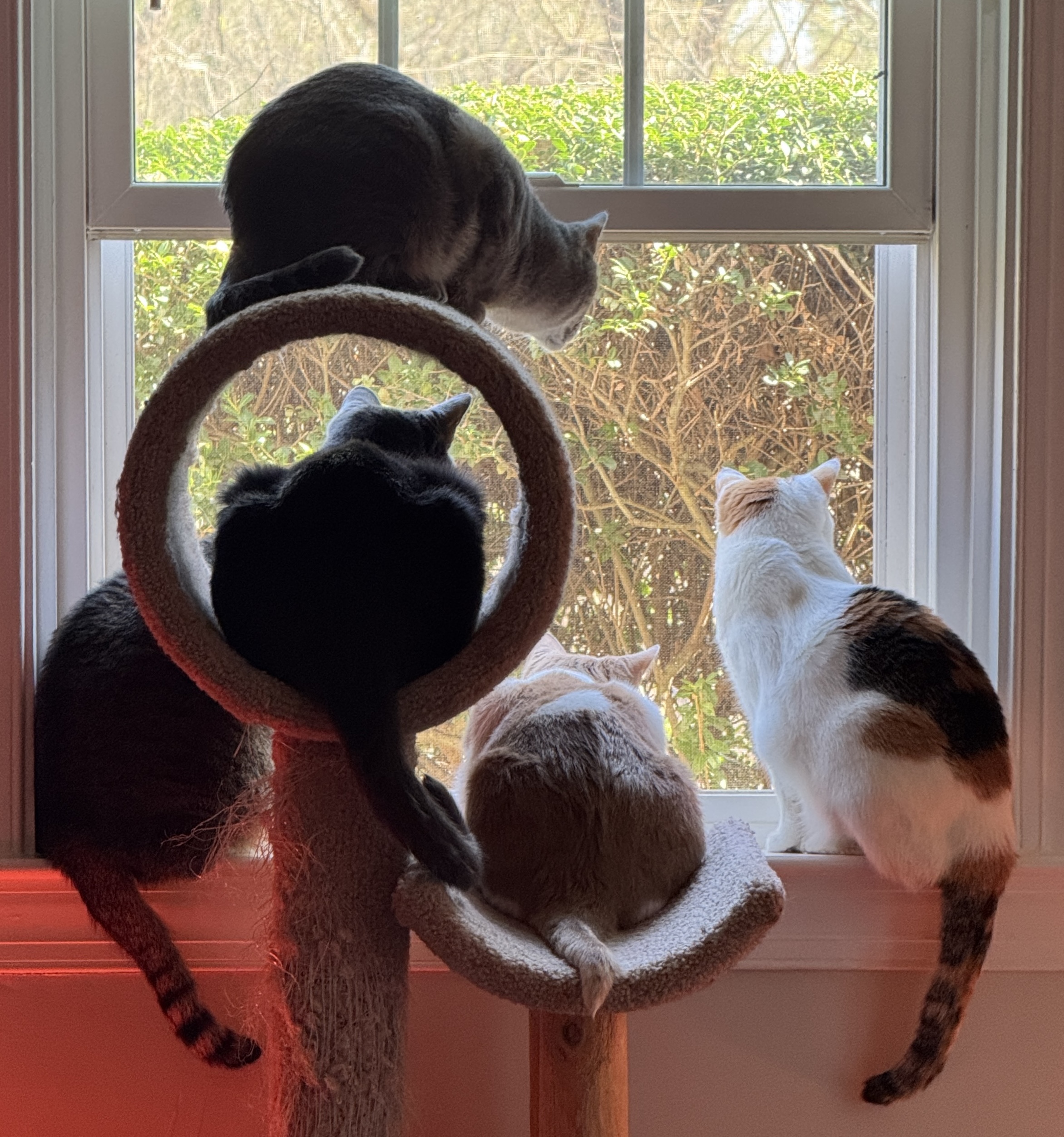



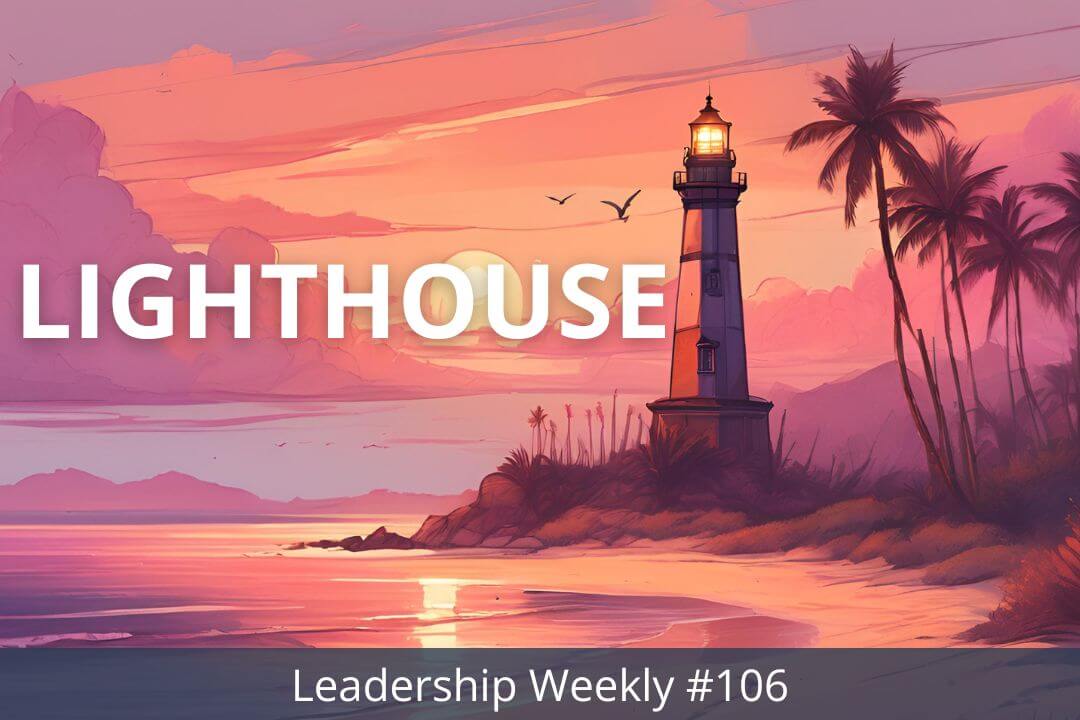

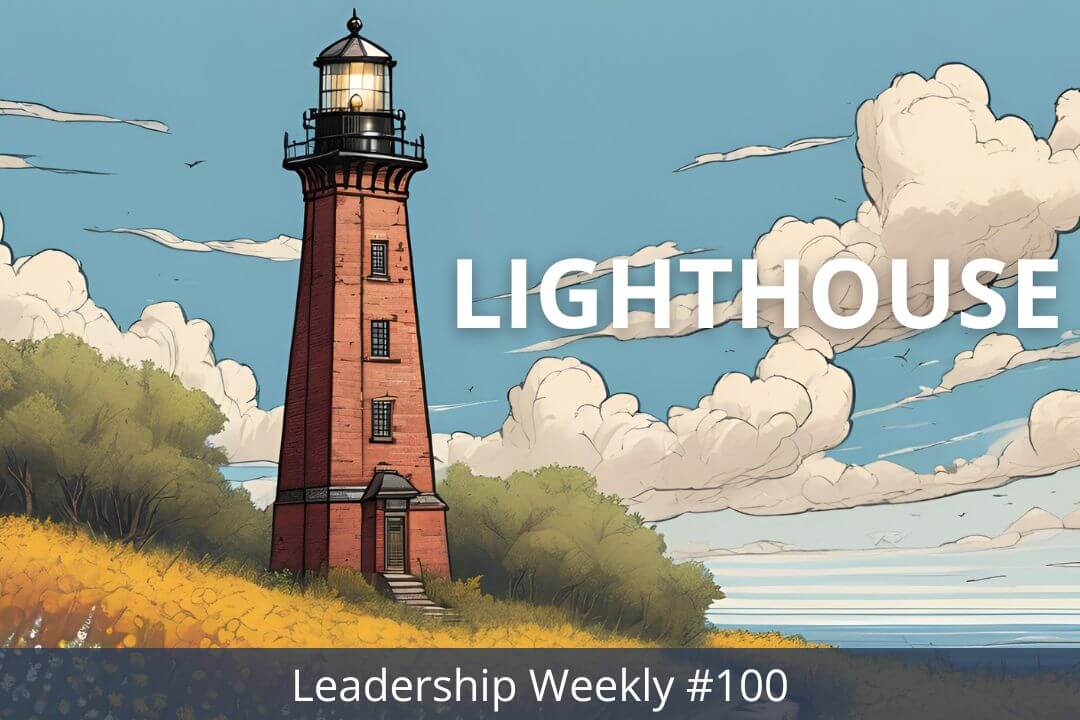
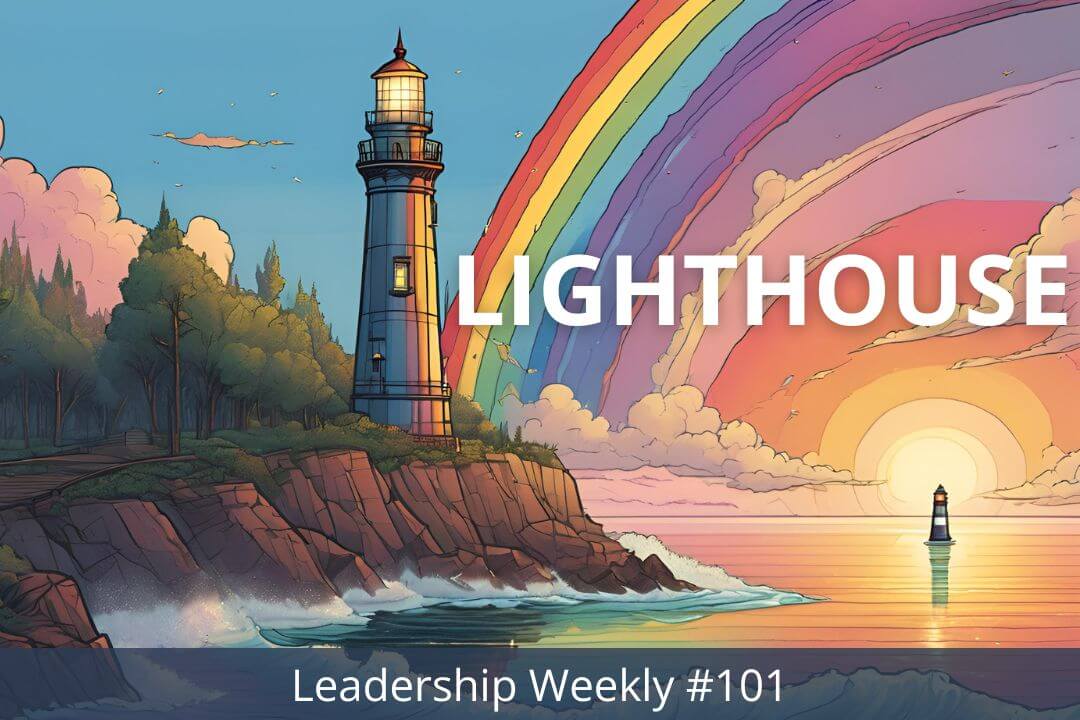
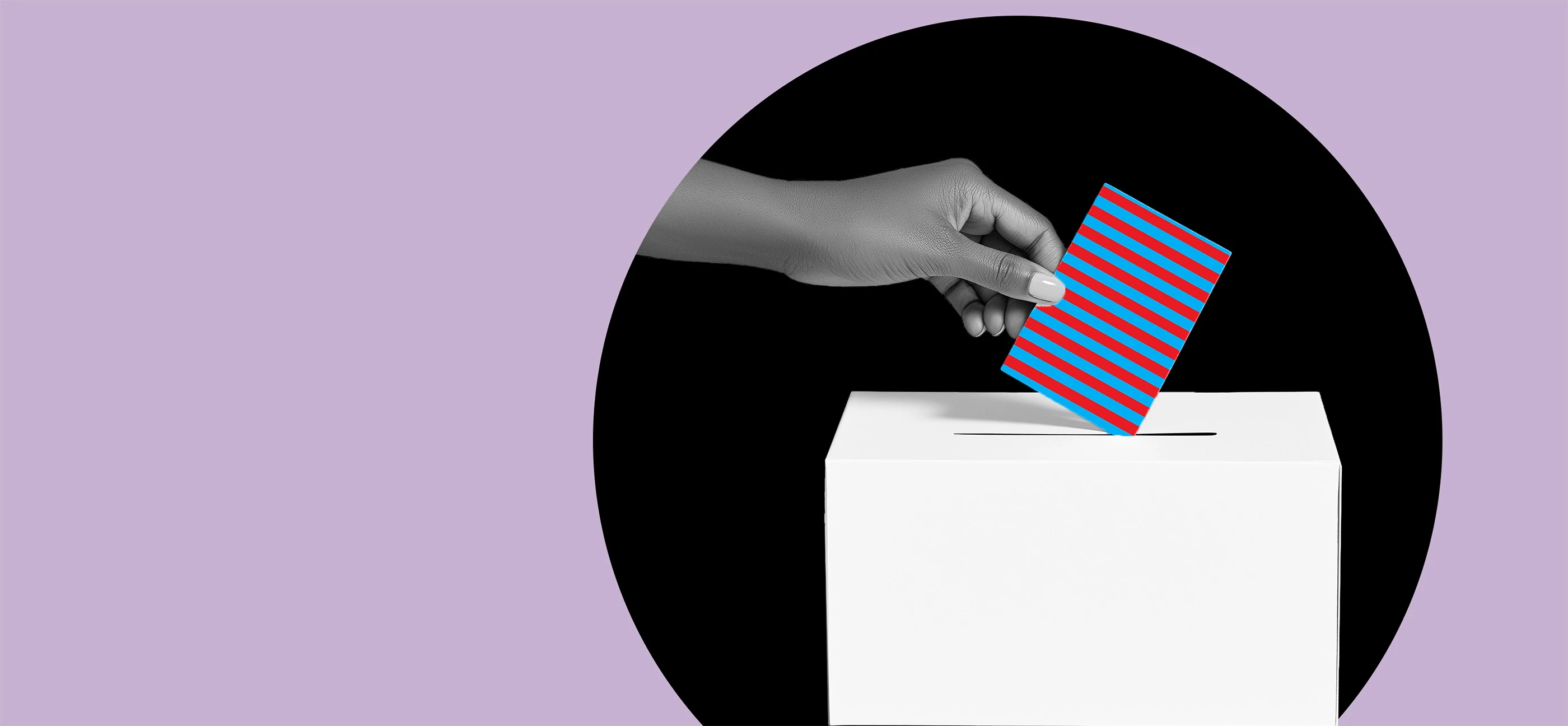
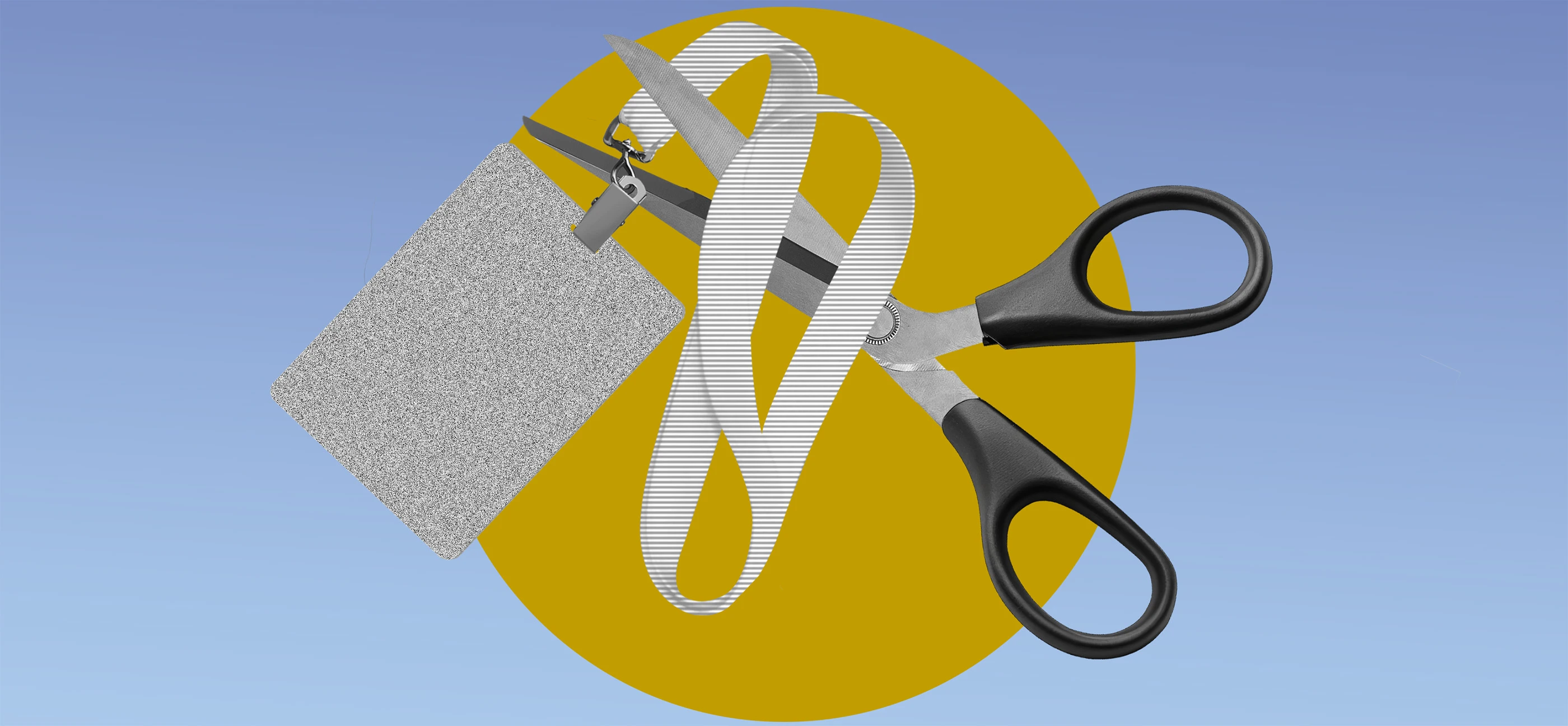










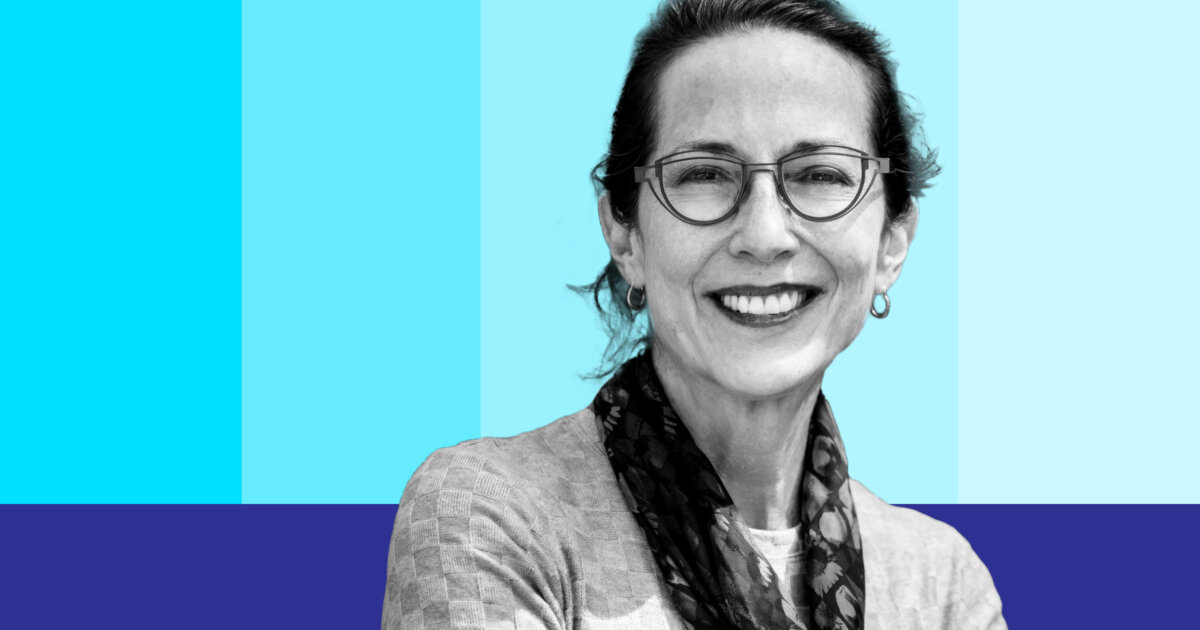
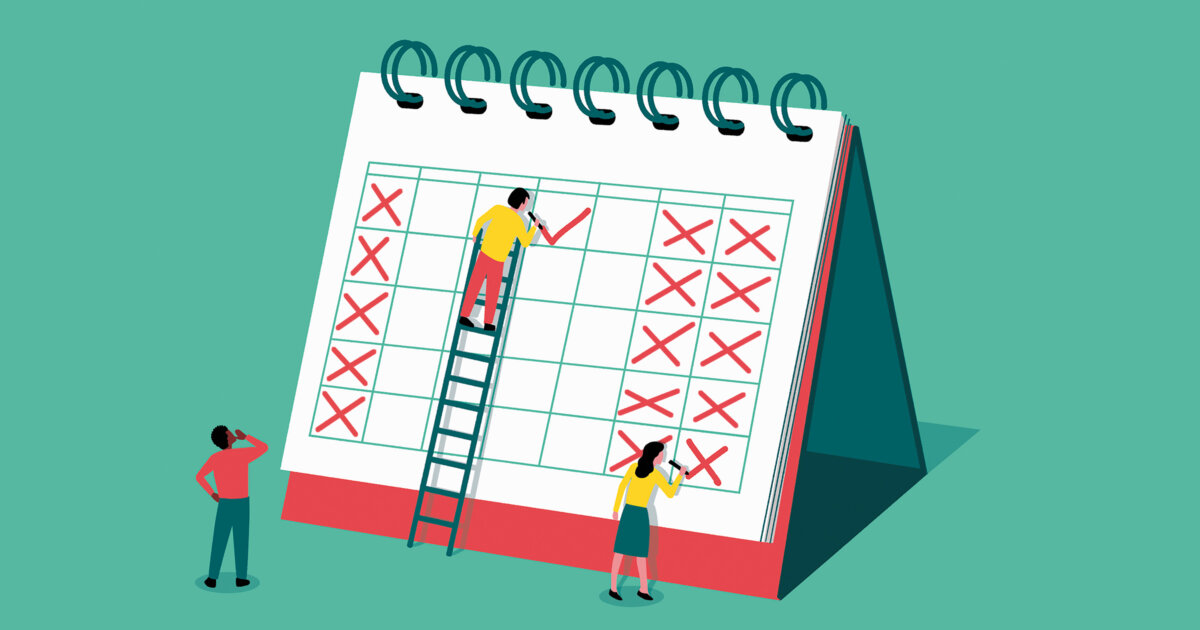

















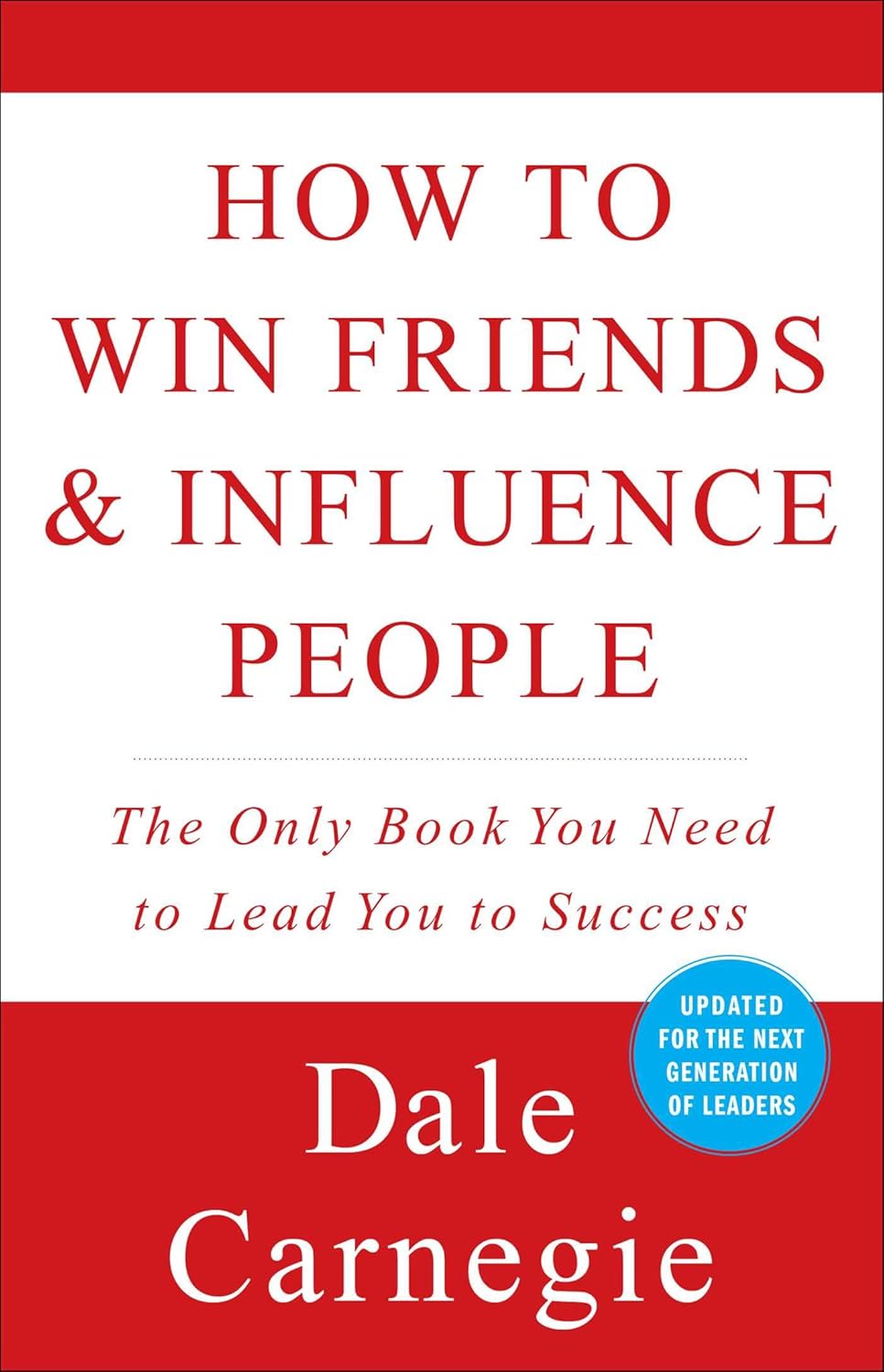
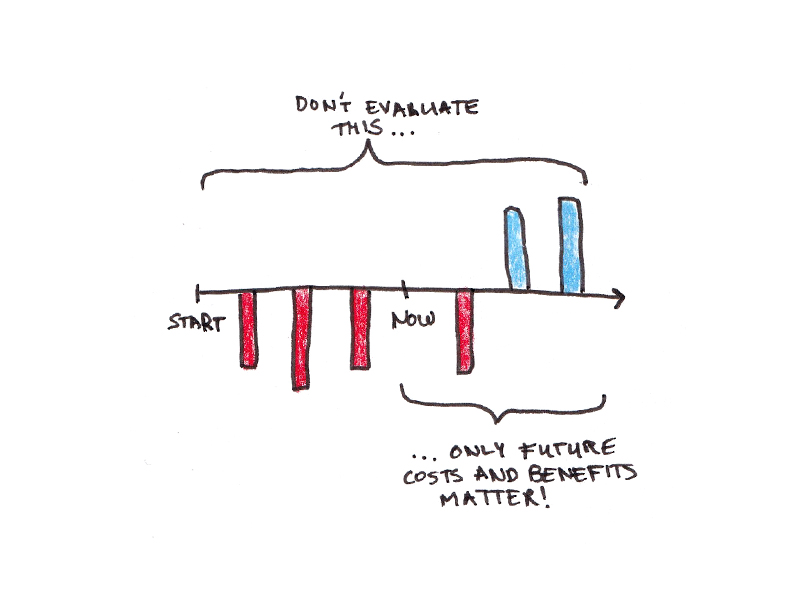










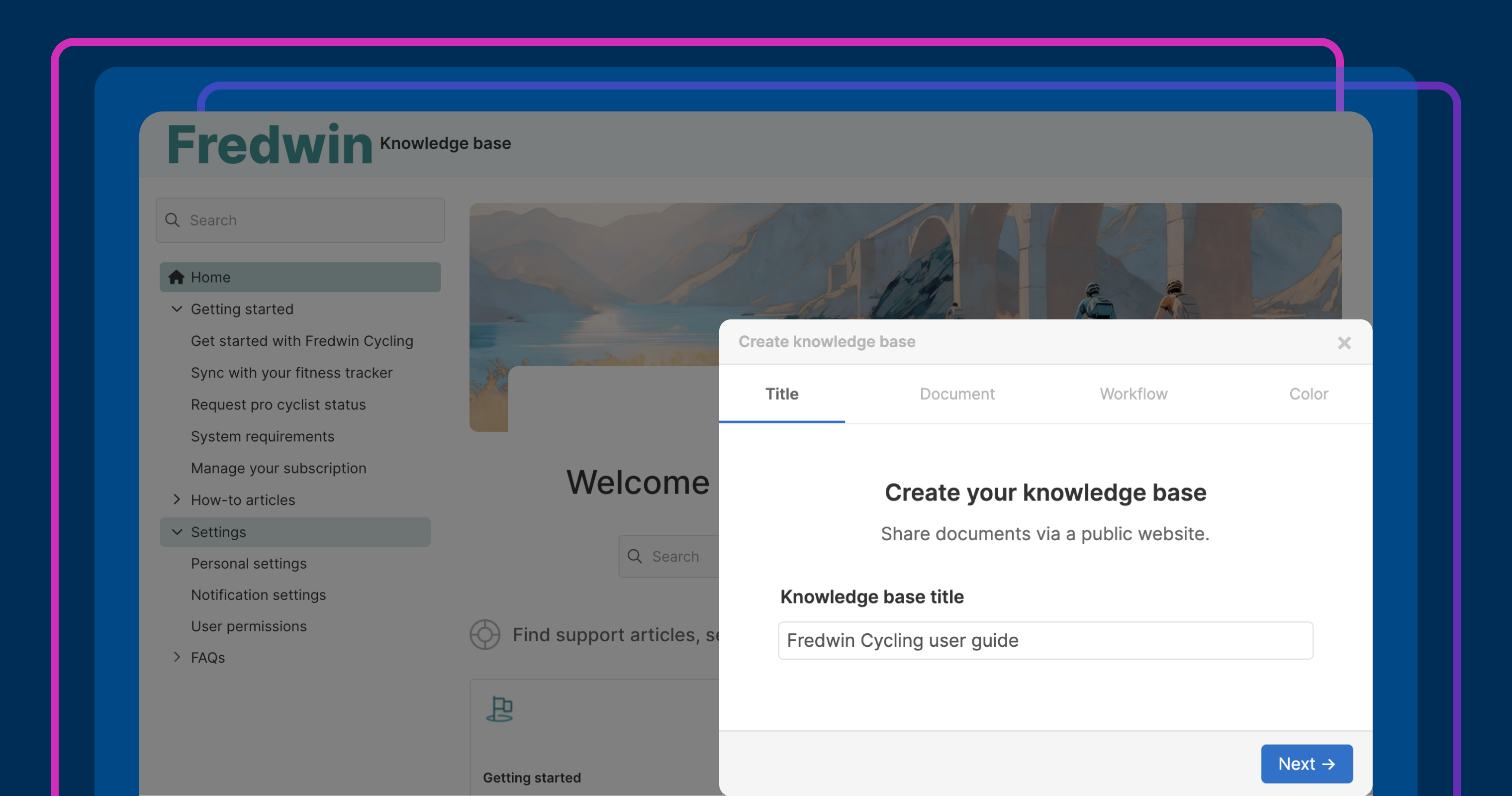

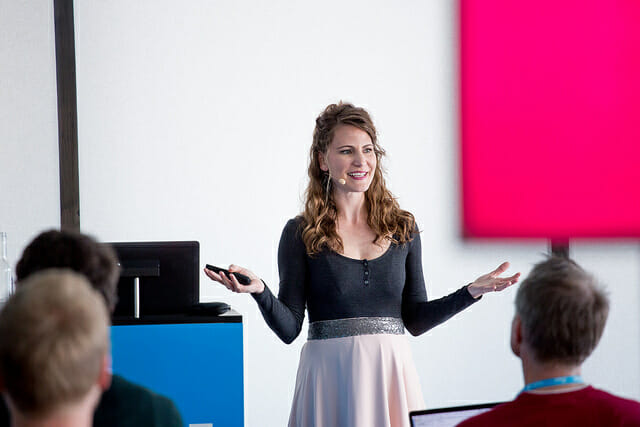

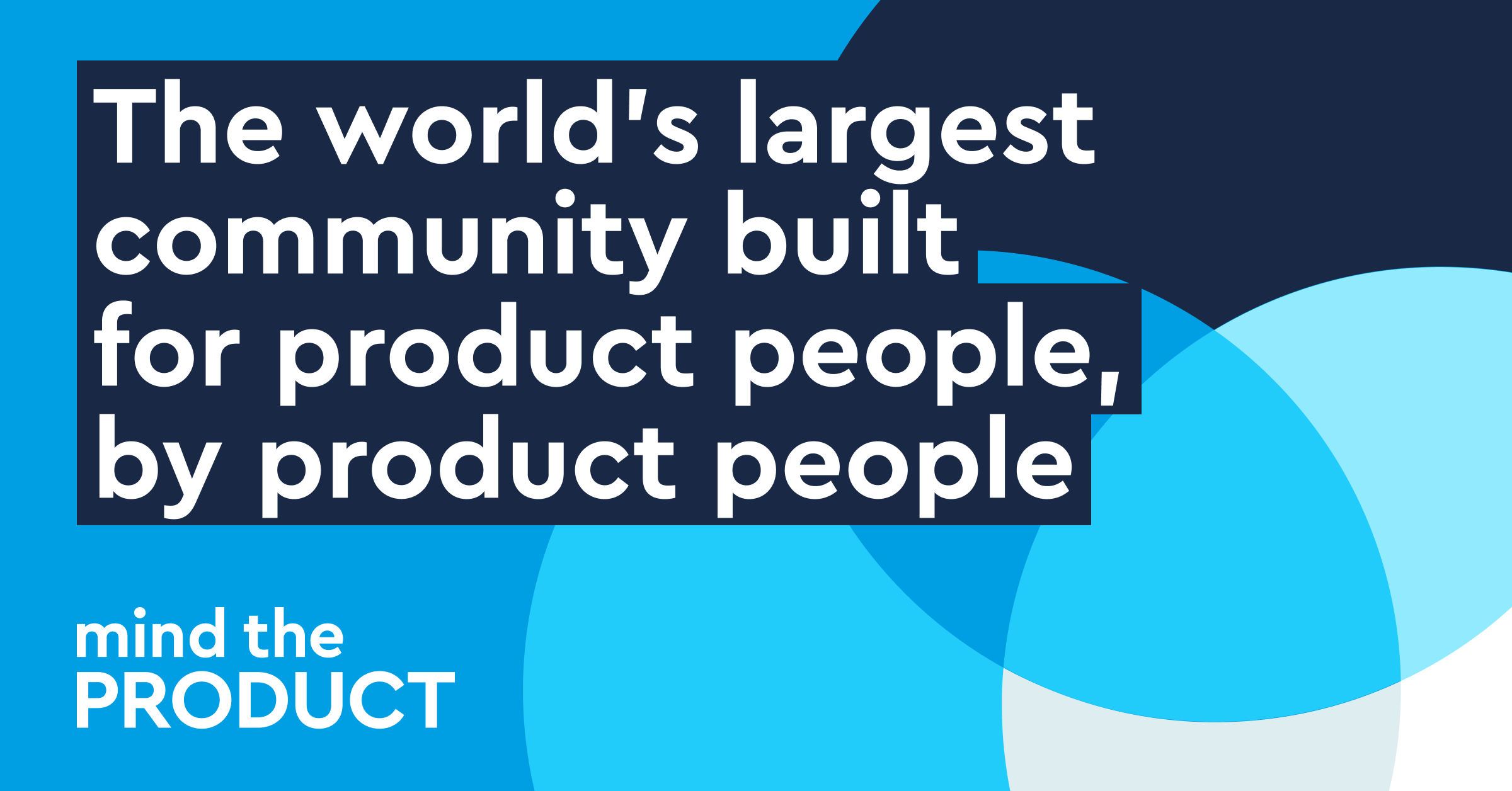

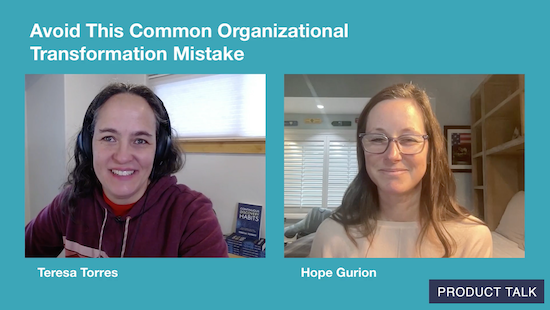
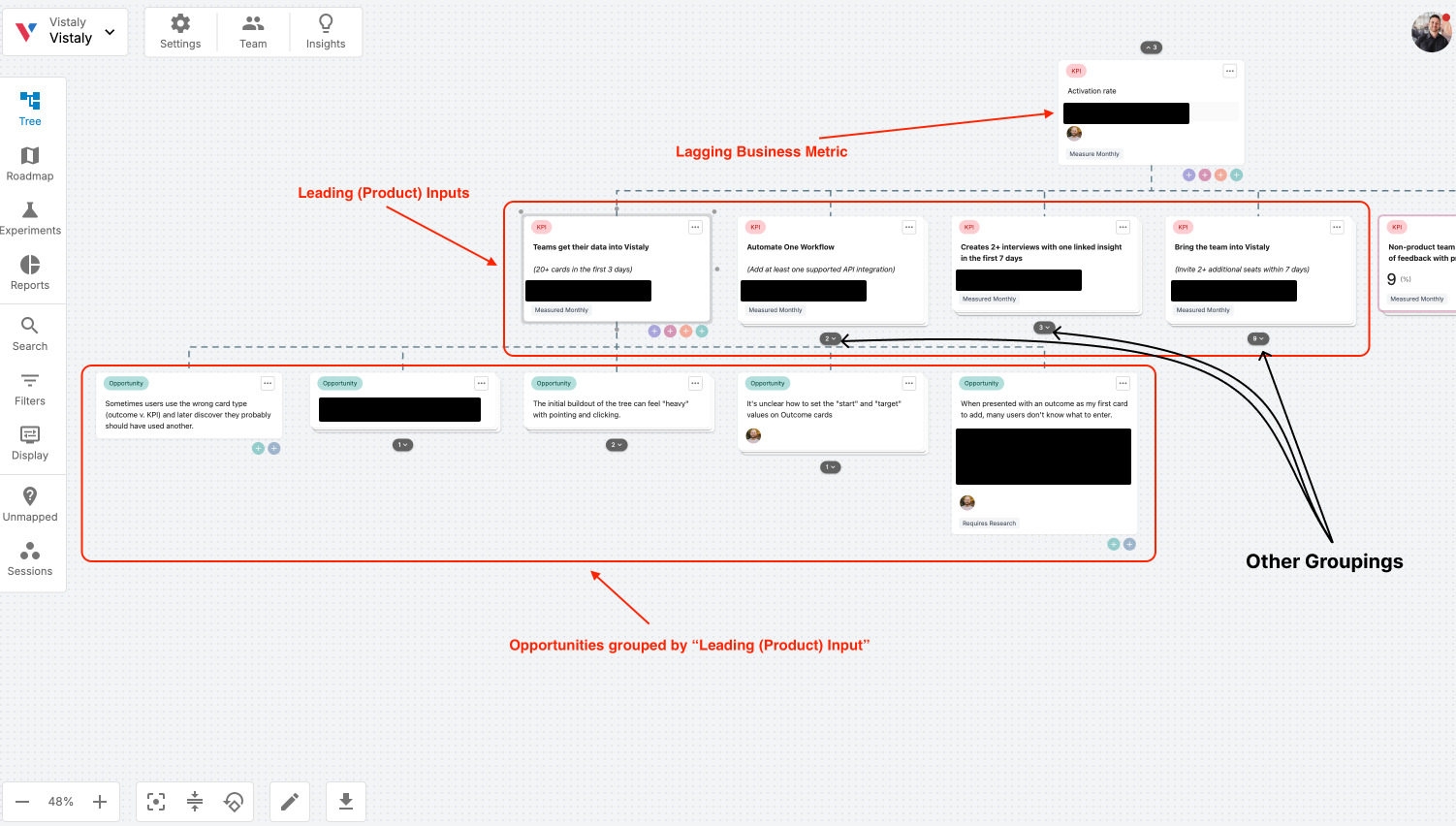
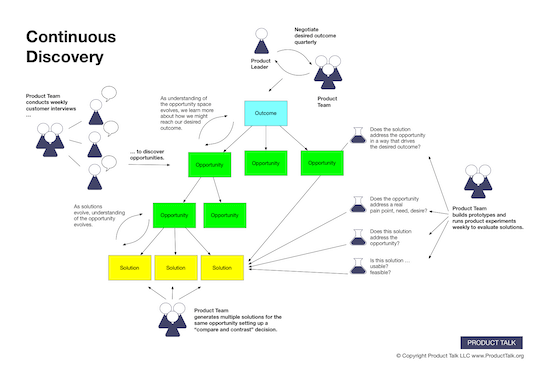
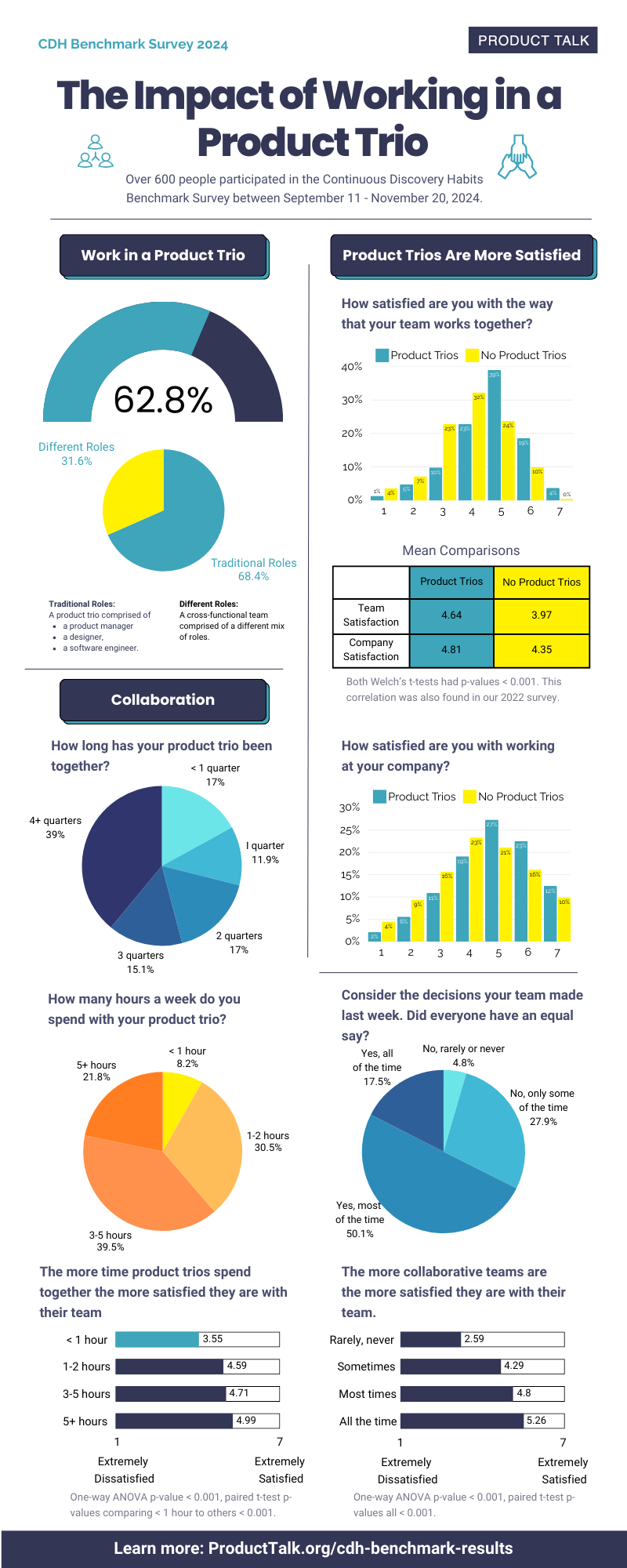



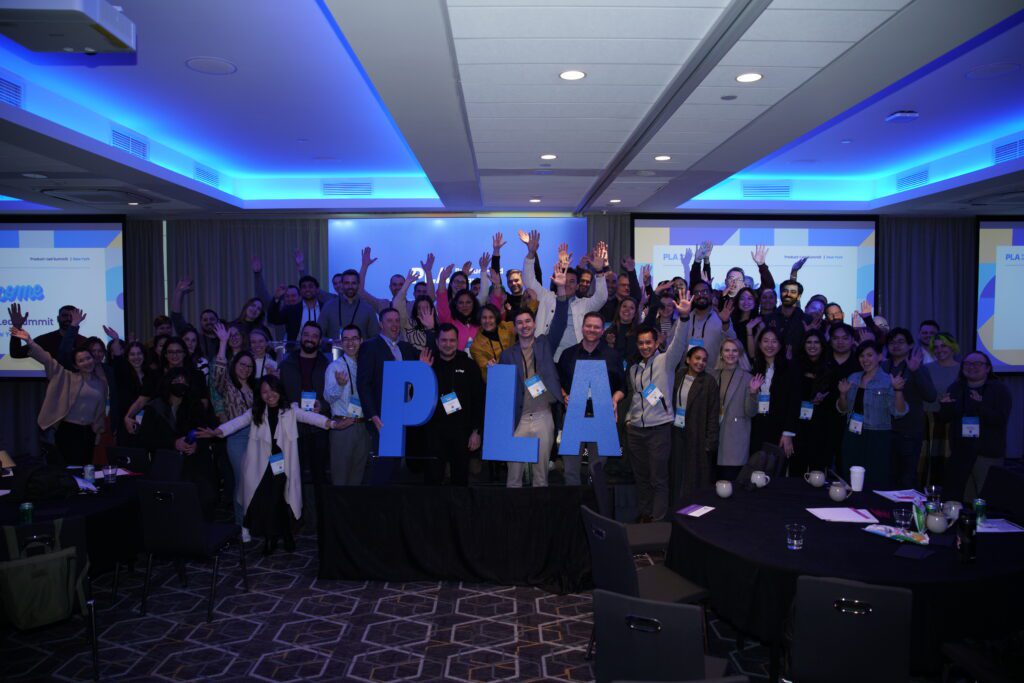







![How One Brand Solved the Marketing Attribution Puzzle [Video]](https://contentmarketinginstitute.com/wp-content/uploads/2025/03/marketing-attribution-model-600x338.png?#)

![Building A Digital PR Strategy: 10 Essential Steps for Beginners [With Examples]](https://buzzsumo.com/wp-content/uploads/2023/09/Building-A-Digital-PR-Strategy-10-Essential-Steps-for-Beginners-With-Examples-bblog-masthead.jpg)

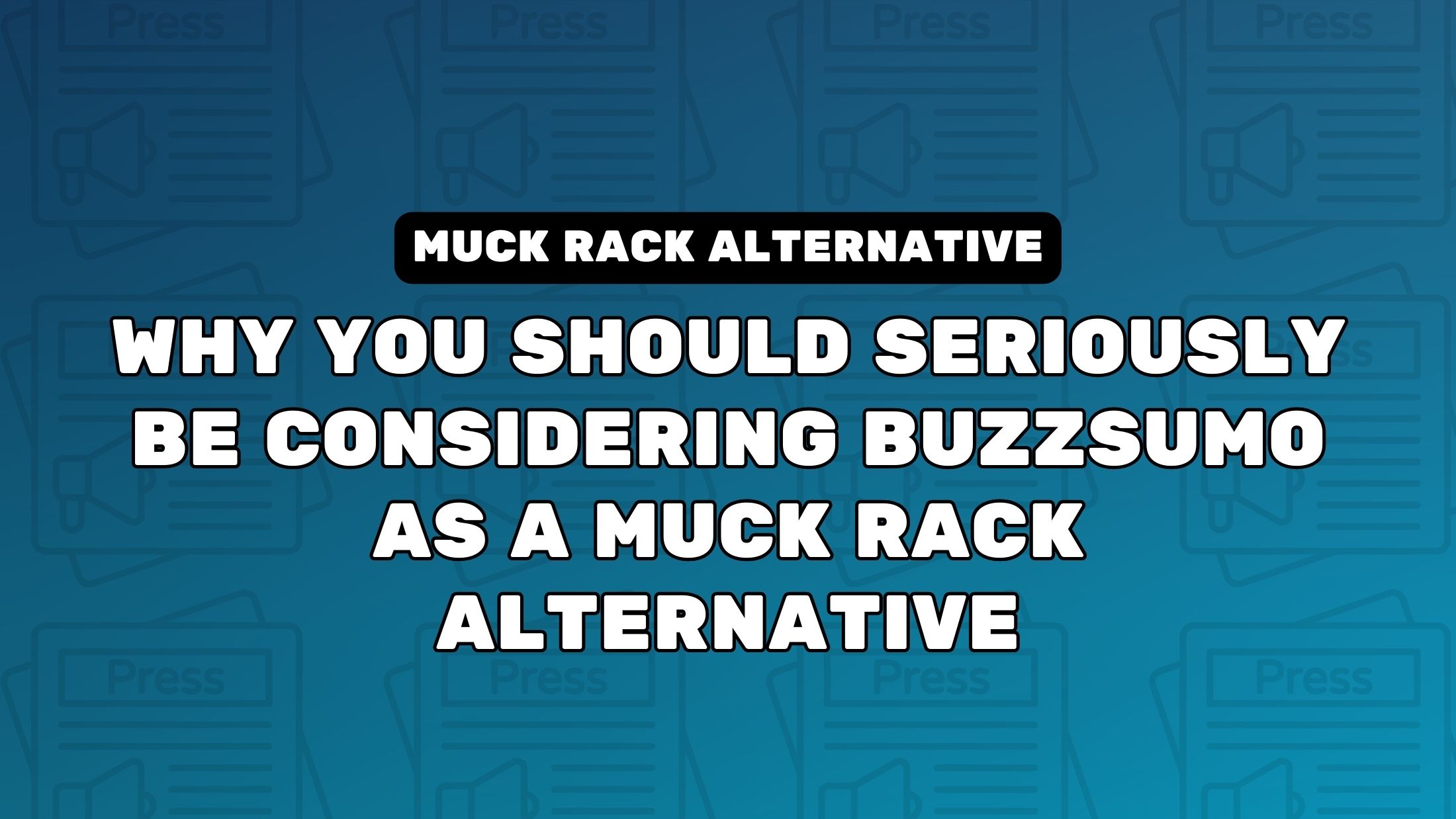
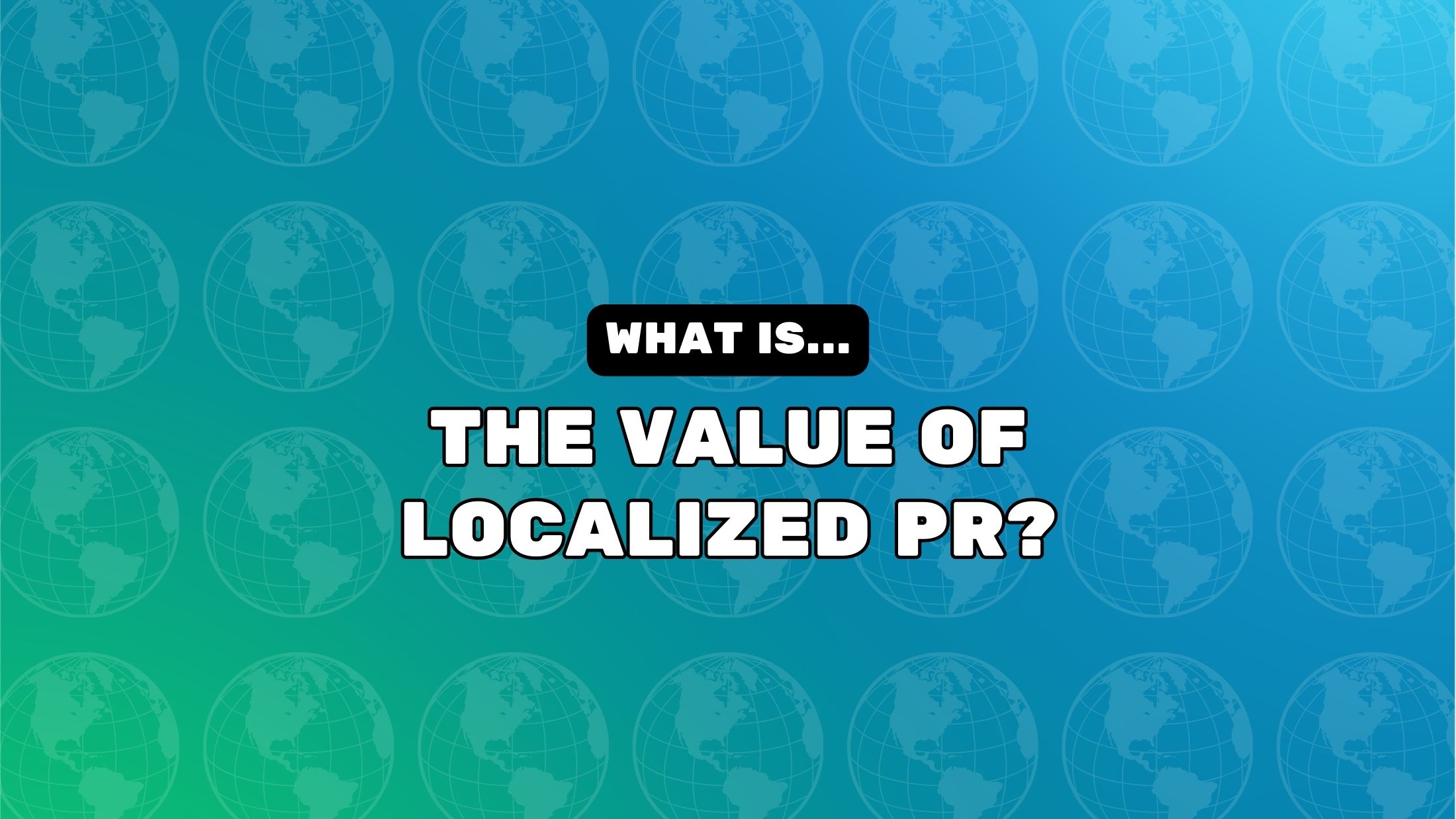







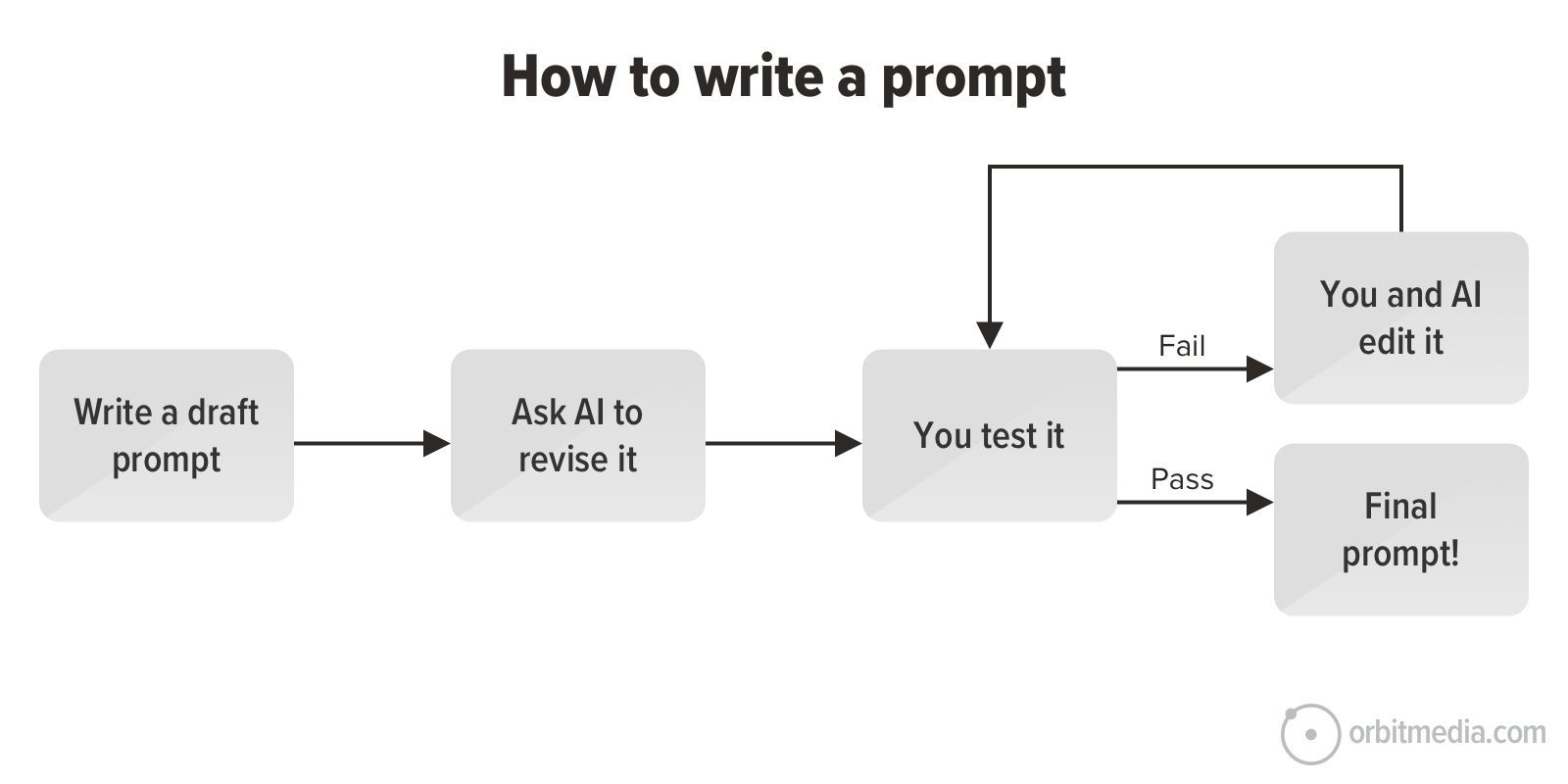
![How to Use GA4 to Track Social Media Traffic: 6 Questions, Answers and Insights [VIDEO]](https://www.orbitmedia.com/wp-content/uploads/2023/06/ab-testing.png)
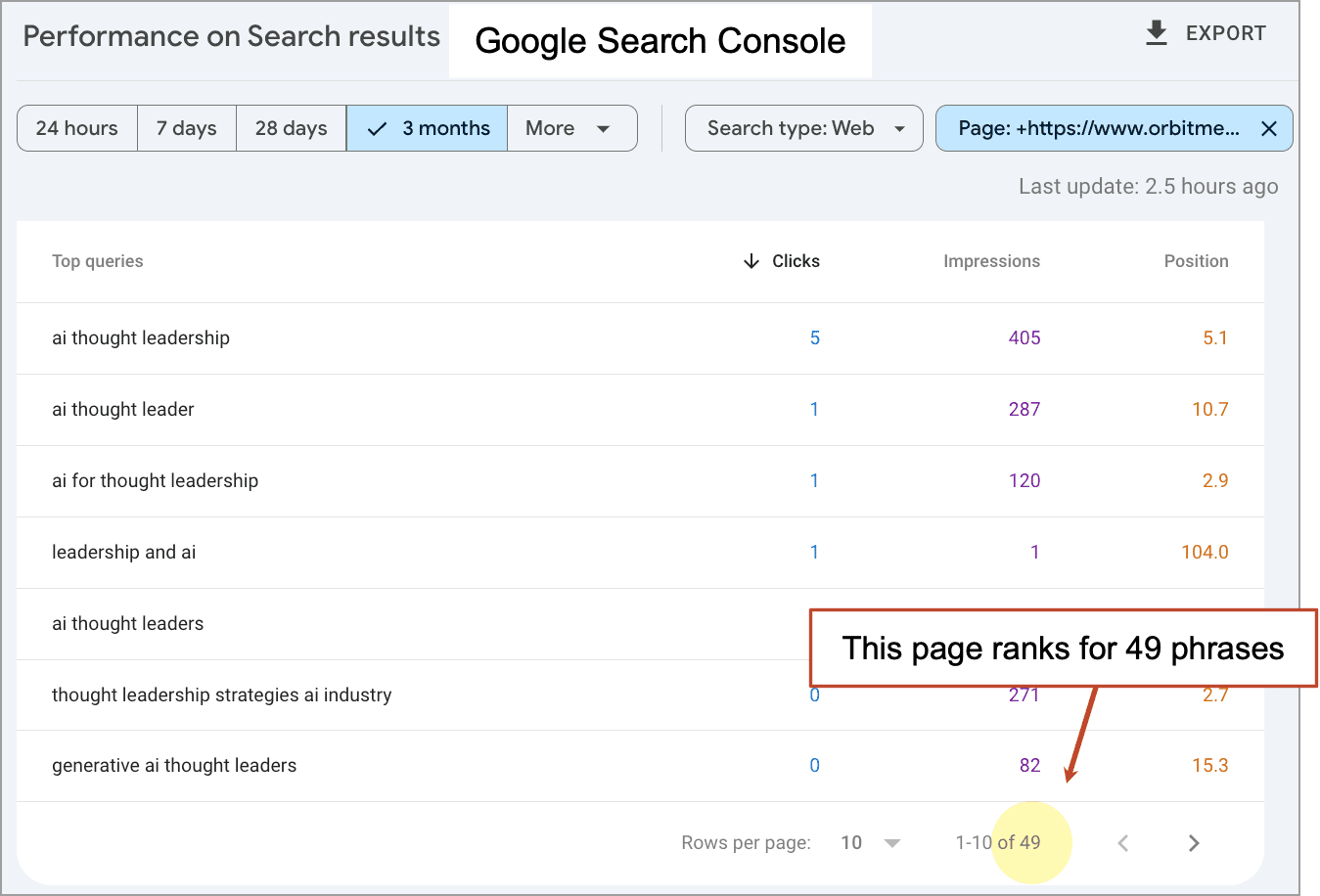



![[HYBRID] ?? Graphic Designer](https://a5.behance.net/cbf14bc4db9a71317196ed0ed346987c1adde3bb/img/site/generic-share.png)























